Lasagna gardening - what is it?
The easiest way to turn a backyard lawn into an organic food-producing garden is by building a lasagna garden, as there is no digging required.
The first thing we will clear up for any rookie gardeners; we aren’t planting noodle trees where we will be harvesting penne and rigatoni. Not even tomatoes, aubergines, zucchinis and bell-peppers, although they'd go great in home-made lasagne and we could! A lasagna garden is actually a technique often referred to as ‘sheet composting’ or the 'sheet mulch method', and is a great way to keep kitchen food waste from ending up in a landfill and easily get a quick start to growing your own food at home.
It's also one of the best ways to convert an area of high-maintenance lawn into an eco-friendly, productive and possibly organic garden - without having to go out and buy soil, especially if the underlying conditions are a heavy clay soil, lasagne gardening produces a light tilth, full of nutrients, and ready to grow delicious vegetables in the shade or in full sun.
The name lasagna garden - also known as a lasagne garden, which is represented on purpose to be fair:) - simply refers to the method of layering soil, mulch and a root barrier on top of grass in a way that uses the nutrients from existing lawns to grow food.
Lasagna gardening - the pros & cons
First, the pro's of lasagne gardens:
- Lasagne gardens save money – much of what they are is recycled stuff
- Lasagna gardening improves and builds up the soil – adding drainage and tilth to clay soils and sandy soils
- Lasagna gardens are low maintenance – no-till and easy to do by following the simple instructions below
- Lasagna gardening gives quick results - prepare a bed in the early spring and have fresh vegetables all summer
Secondly, the cons of lasagna gardening:
- The carbon sources in Lasagna gardening can be controversial - recyclable paper and cardboard might not be the best choices
- Poor execution in Lasagna gardens can slow nutrient return and result in low soil oxygen content – be careful with layers to avoid suffocating the soil
- Lasagna gardens need careful planning – they still take time to become productive
- Materials used may be toxic – certain papers and cardboard contain chemicals, heavy metals and plastics
- Lasagna Garden size is Limited. It simply would not be practical to try to do an entire field in the lasagna garden method.
- In certain climates lasagna gardening encourages pests – slugs, snails, vermin, snakes and even alligators can all nest in the layers depending how and where they’re built.
If you are still unsure whether this is a great choice for your garden, for a full discussion on lasagna gardening pro's and cons see here.
The steps to creating a backyard lasagna garden are:
1) Lasagne gardens; Lay out the garden boundaries
When lasagne gardening, design the perimeter in whatever way floats your boat – use a string line, lay down some logs or old 2x4s to help create perfectly straight angles and lines. Or, if you’re not the kind of person who likes to be confined to boxes, then just wing it. It’s okay to color outside the lines here, that’s what makes it fun. Ideally
If your garden is a place where you like to hang out, then you will take better care of it and it will produce more for you. The case we are using here was done as a swirling garden just for kicks. Is this an extremely efficient use of space? Nope. But it’s fun to hang out in and mess around with.
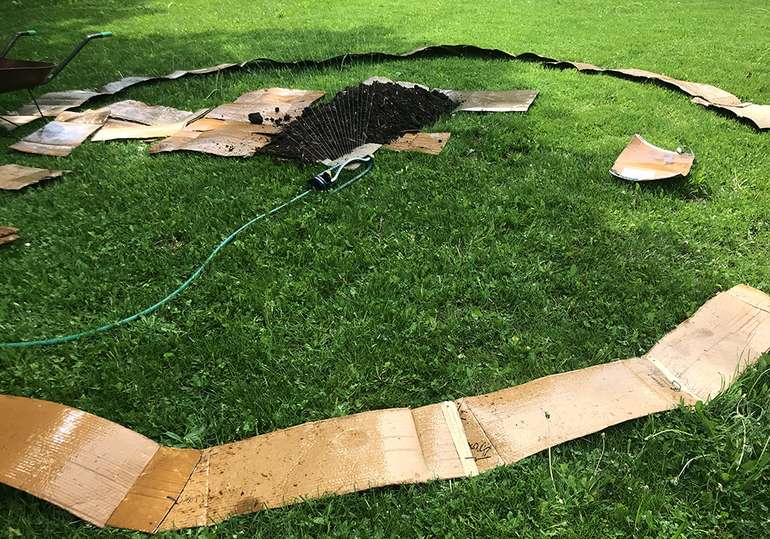
2) The first layer of lasagna gardening is grass
Celebrate your victories, step one complete. The first layer of the garden is the existing grass as it is rich with nitrogen. If you were to remove it, you would need to replace the nutrients that make up those top 6 inches of your yard.
3) Lay down cardboard to kill the grass
Laying down cardboard on the grass will kill it as well as any weeds, and once the cardboard breaks down, it simply becomes part of the soil and it doesn’t impede the roots from reaching the nutrients in the soil below.
You can also use newspaper for this purpose; just be sure to put down a few layers so it is thick enough that it will kill the grass before it rots.
Years ago, newspaper ink was largely composed of heavy metals such as lead, and other toxic materials like cadmium. However, because of the toxicity of these materials, soybean oil has replaced it. Now, the majority of newspaper print is composed of soy ink, but if using cardboard choose North American produced corrugated material as the safest choice.
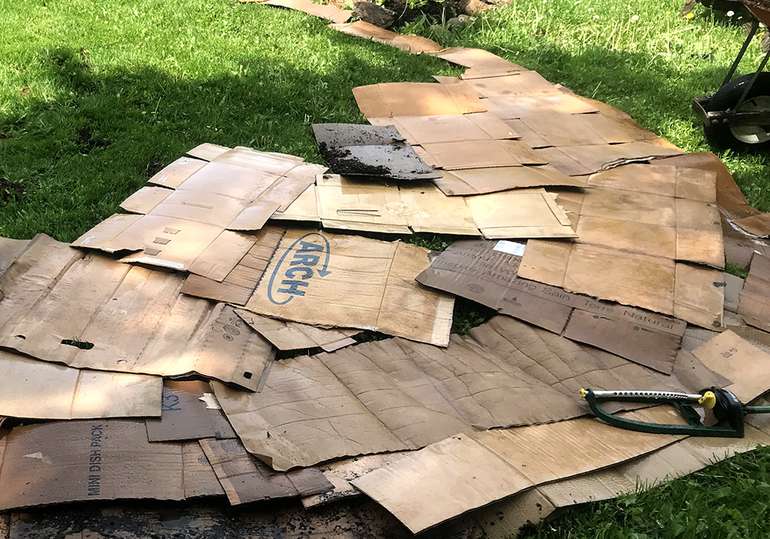
4) Cook your lasagna garden
Moisture encourages decomposition and attracts earthworms so, first, water the cardboard or newspaper. If you’re working under a blazing hot sun, only water as far ahead as you will get in 10 minutes or so, or it will dry out before you get there and you will need to water it again.
Every layer coming next will also need to be moist, but not over-saturated. So take note and be sure to give it a shot of water after every one of the following steps.
5) Leaves on top of cardboard is like sauce on pasta
A thin layer of leaves on top of the carboard will add nutrients, as well as ferulic acid, and speed up the process of all the matter breaking down. And ‘thin’ is the operative word here – a giant pile of leaves will take a long time to decompose, so don’t think that more is always better.
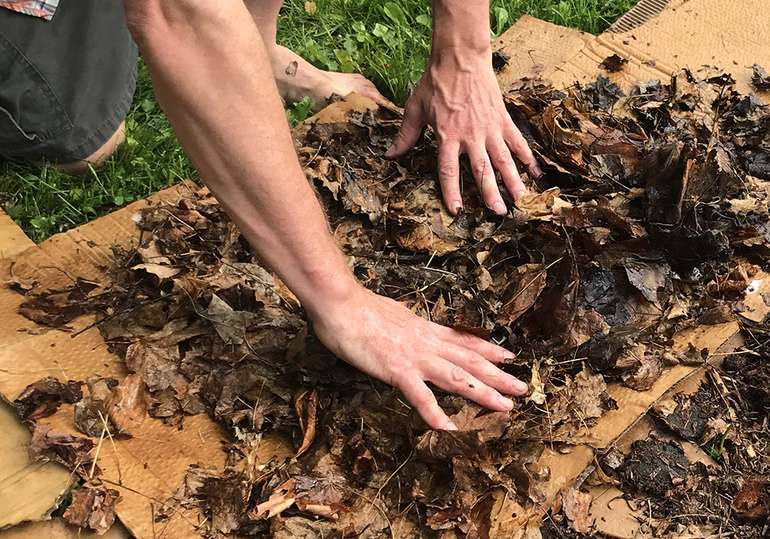
6) Compost or manure on top of leaves layers the lasagna
Here is where you will need to add a thin layer of compost - sheep, chicken, sea compost, pick whichever kind of poop resonates with you or which smell you can most comfortably tolerate. Some compost is very strong, so if you have spare topsoil, mix them together or sprinkle the soil on top. When ordering soil, you can also ask for a soil / compost mix to save a step, and lay that directly on top of the leaves.
Different plants will benefit from different types of compost, but cross that bridge when you get to it; this is a rookie gardener page to get you out of the gate with your first lasagna garden. If you threw a handful of seeds over your shoulder into a pile of dirt, I’m sure at least a couple of them would sprout, so don’t stress over it. Fine-tuning your mix when lasagna gardening for the best growth will come with time.
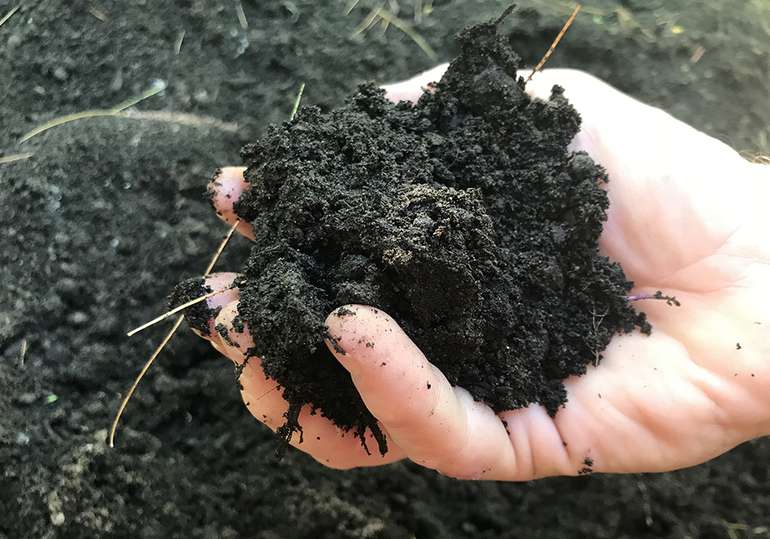
7) It’s planting time in the lasagna garden!
At this point you are ready to plant your seeds or even ‘starts’ if you purchased or started your own plants in pots. If it hasn’t rained for some time, be sure to water the soil well. Follow the instructions on seed packs, or check our other gardening pages to learn more about how to produce food, and how to maintain, weed and manage your garden!
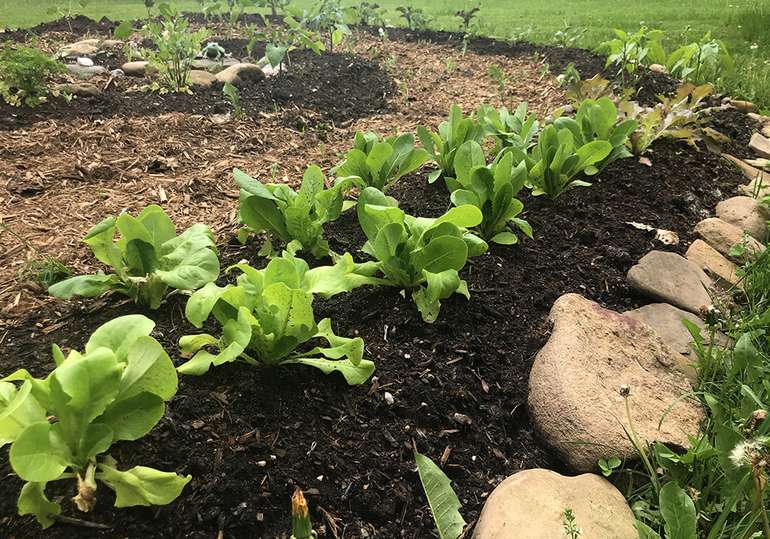
Now that you know about converting a backyard lawn into a food producing lasagna garden, learn more about growing food at home in the Ecohome Green Building Guide pages.
Learn more about green home construction and reap the benefits of a free Ecohome Network Membership here. |
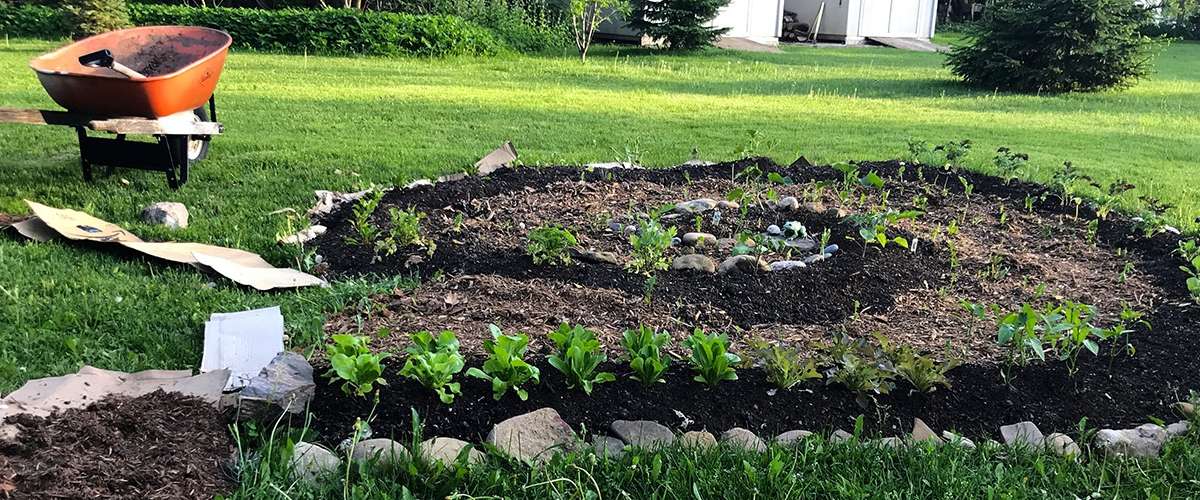















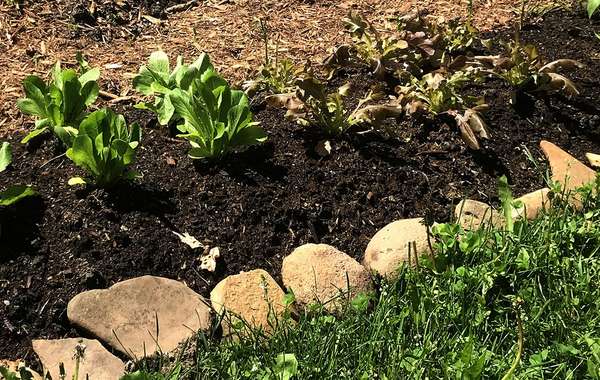
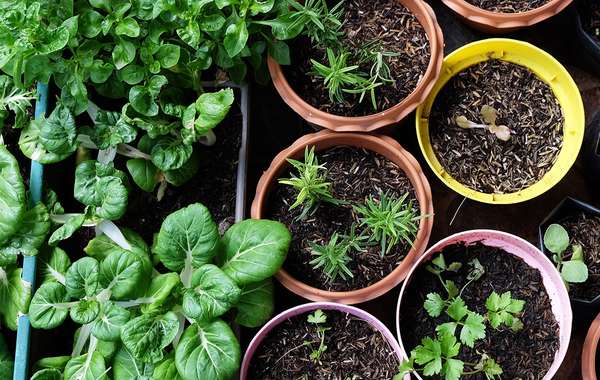
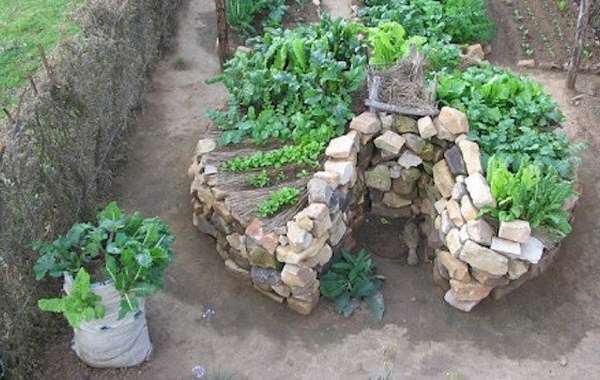
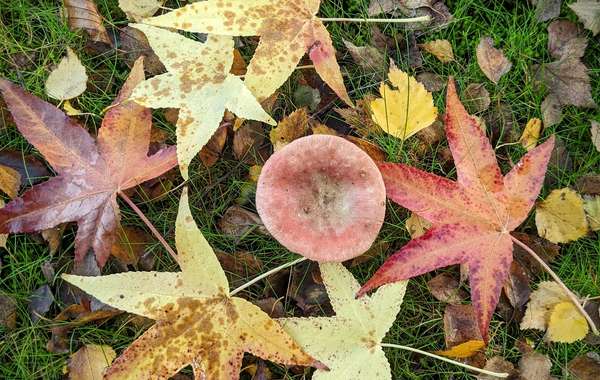
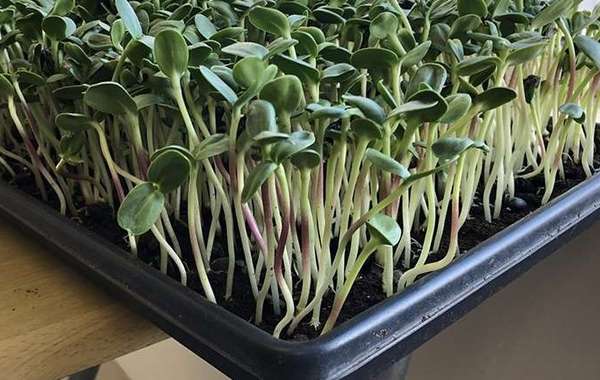
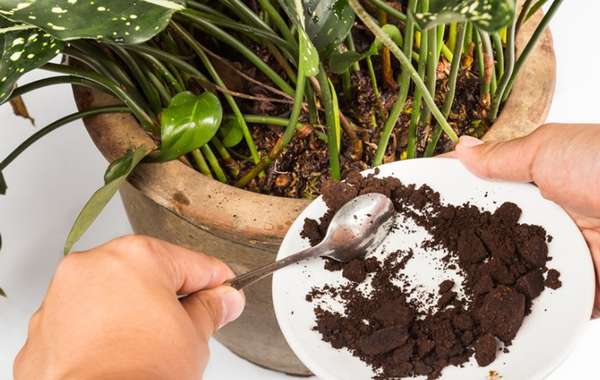
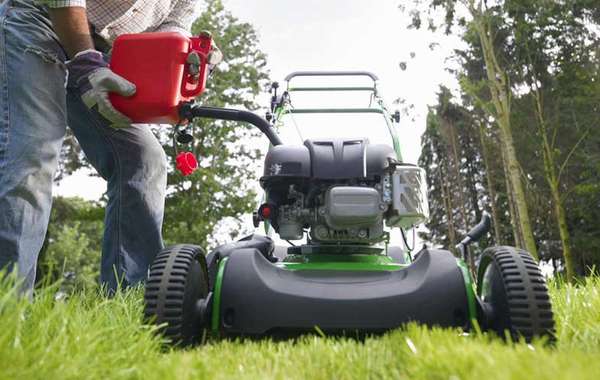
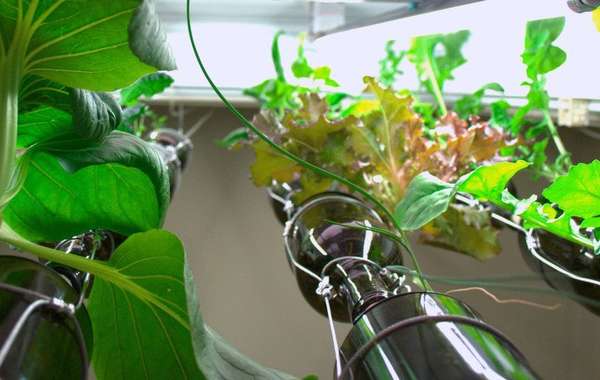
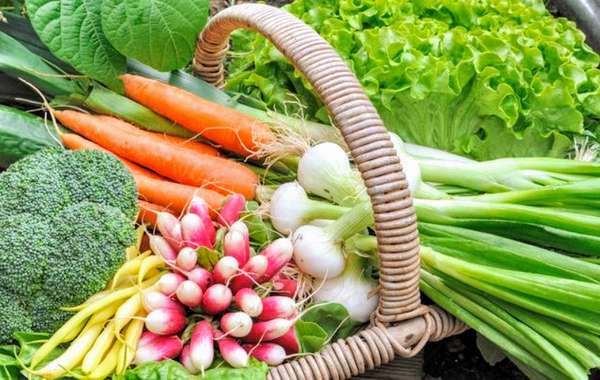
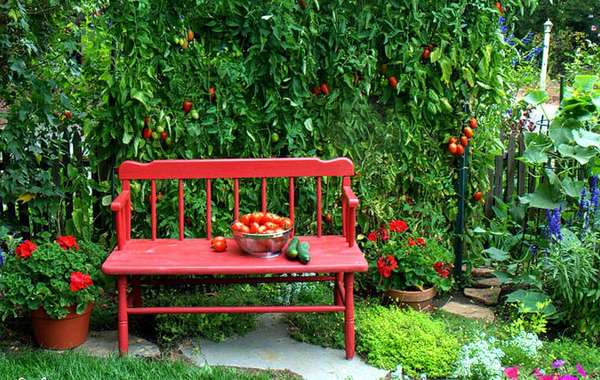
Comments (0)
Sign Up to Comment